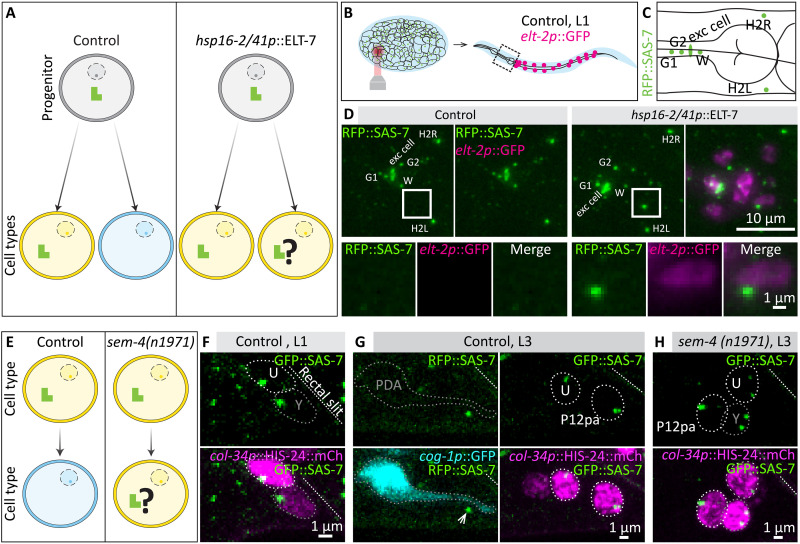Fig. 5. Cell fate imparts centriole fate.
(A) Schematic of transdetermination experiment. In control conditions, a progenitor (gray) may give rise to a cell type that maintains centrioles (yellow) and one that eliminates them (blue). Following transdetermination of a pharyngeal progenitor into an intestinal progenitor using hsp16-2/41::ELT-7, both daughter cells adopt an intestinal fate. (B and C) Schematics of local heat shock and region analyzed in the L1 (B), as well as of cells that normally maintain centrioles in part of the pharyngeal region (C), corresponding to (D). (D) Maximum z-projection of live wide-field microscopy of control L1 larva expressing red fluorescent protein (RFP)::SAS-7 and elt-2p::GFP (left), and of L1 larva expressing hsp16-2/41p::ELT-7 in addition (right). Both larvae have been locally heat-shocked during the late proliferation phase. Boxes point to regions of interest magnified below. (E) Schematic of transdifferentiation inhibition experiment. In control conditions, the Y cell, which harbors centrioles in the L1, transdifferentiates into PDA, which is usually devoid of centrioles in the L3. Transdifferentiation fails in sem-4(n1971) mutants. (F and G) Maximum confocal microscopy z-projections of live paralyzed L1 and L3 control worms expressing GFP::SAS-7 (F) or RFP::SAS-7 (G). In L1, the Y cell marked by the nuclear marker col-34p::HIS-24:mCh is positioned close to the rectal slit (slanted dashed line), and always maintains a GFP::SAS-7 focus (n = 17). Y then transdifferentiates into a PDA neuron marked by cog-1p::GFP by the L3 stage (G); RFP::SAS-7 foci were usually absent in PDA neurons (n = 17/21), despite clear foci being detected in the adjacent rectal epithelial cells U and P12pa (arrow). Weak (one cell) or very weak foci (three cells) were found in the other cases. (H) Maximum confocal microscopy z-projections of live paralyzed L3 sem-4(n1971) mutant worms expressing GFP::SAS-7 and col-34p::HIS-24::mCherry; all 12 such animals analyzed harbored a strong focus of GFP::SAS-7 in the Y cell.

